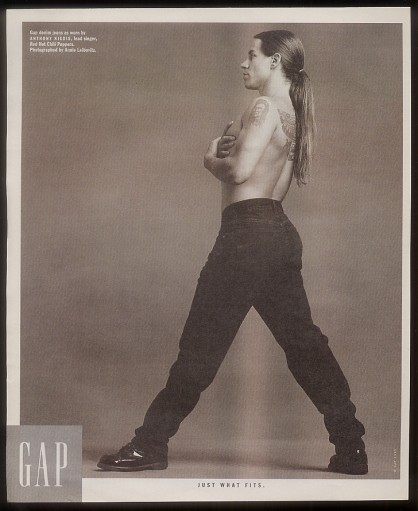
History of Advertising 1990s
We often discuss current issues on this blog, but it’s important to remember our roots. Sometimes when you look back at history, it can inspire ideas for the future. At the very least, you’ll learn something. This week, we’ll cover the 1990s.
In the 1990s, the world of advertising experienced some major changes. Media, message, agency structure – almost every part of the industry was altered during this decade. Oh, and there was also the birth and boom of this little thing called the Internet.
A new, very different consumer audience
The early 1990s brought a new generation to the forefront of popular media — Gen X. While much of the X-er mythology about slackerdom was questioned, the generation’s skepticism about consumerism and advertising was accepted as gospel by the marketing community, and thus the conceptual directions of ads began to change, often embracing either a softer sell or complete irreverence (or a little bit of both).
Globalism, spending cuts, and specialization
With new avenues for taking products global, spending was spread thin. Marketers were under pressure to find the most cost-effective way to reach the largest audience possible.
Boutique firms were taking the reins while specialized ethnic agencies focused all their attention on specific populations.
And many larger agencies spun off independent media companies to focus specifically on where the message was going instead of just the message itself. Examples include MindShare, Zenith Media, and Media.com.
A force called the Internet
Let us remember that once upon a time, back in the early to mid-90s, anyone who “surfed online” could only do it after that long, painfully annoying dial-up sound. Marketers were uncertain about how it would all play out and whether or not it would become a lucrative medium.
Hotwired was launched in 1994. They charged a good amount of money ($30,000 to be exact) for advertisers to place ads on their website for a total of 3 months. AT&T and IBM were two of the first companies to snatch up some ad space on this website.
In 1996, the Internet Advertising Bureau (IAB) issued its first report on Internet ad spending, which at that point was a mere $157 million. A year later it had increased by 263%. And continued to go up and up until the dot-com bubble burst in early 2000.
Strangely enough, much of the $6.5 billion spent by dot-com companies between February 1998 and October 2000 went toward traditional advertising media like TV.
Ad agencies scrambled to keep up with the changes, many creating new units to handle interactive. The phrase “integrated communications” became the new buzz word. And there was now a new way not only to advertise, but share ads with clients, as well.
Despite any uncertainty, shakiness, or impending stock failures, the 1990s laid the foundation for advertising as we know it today.